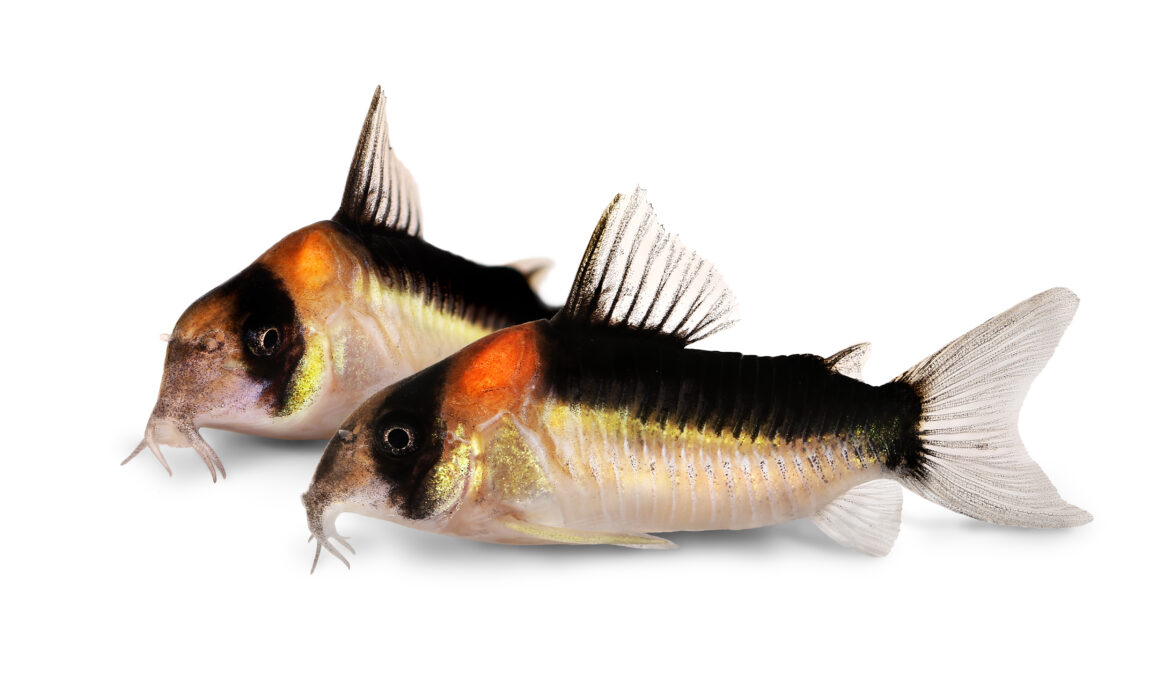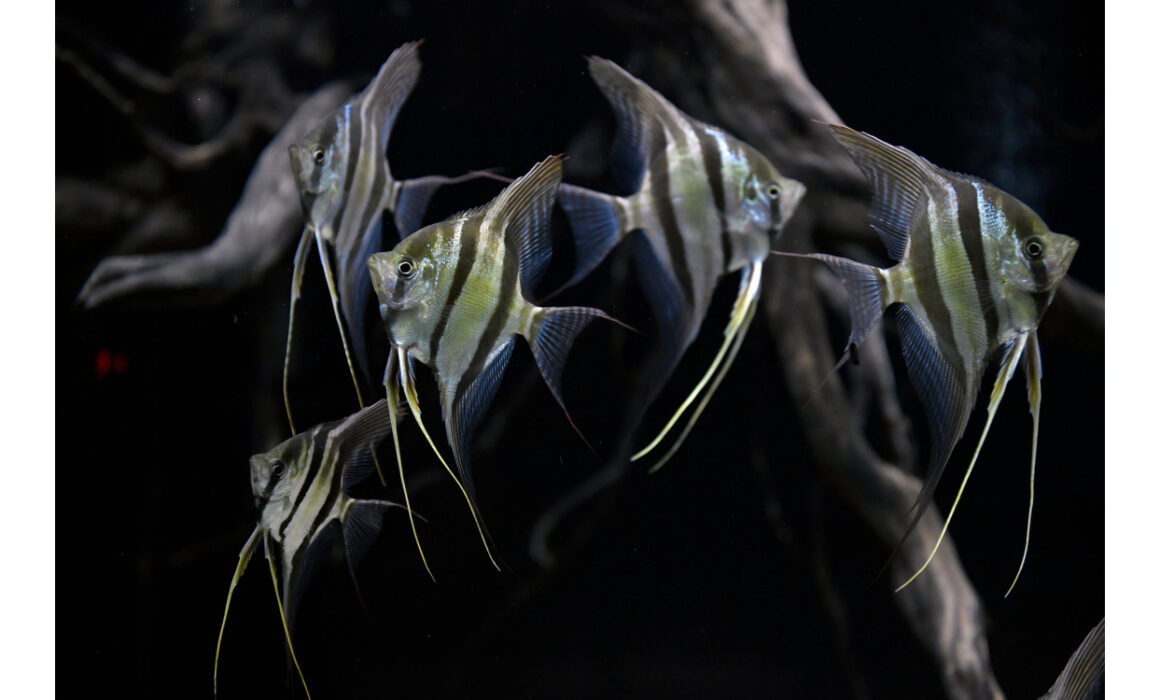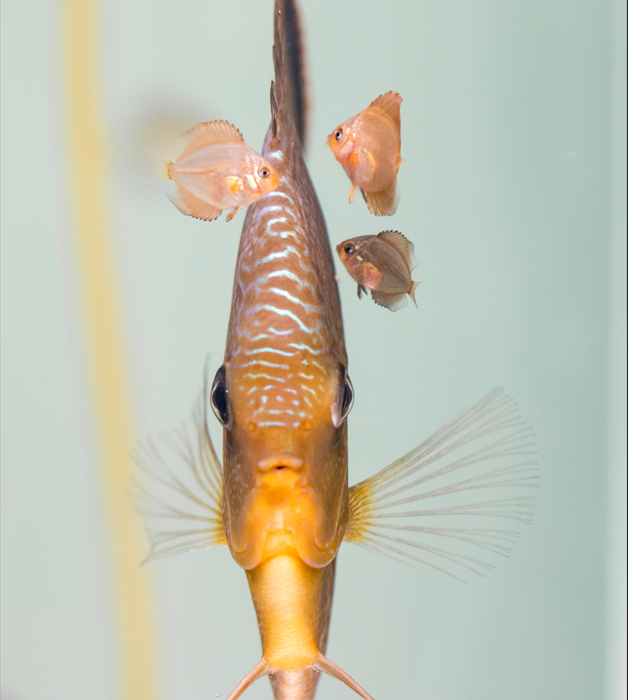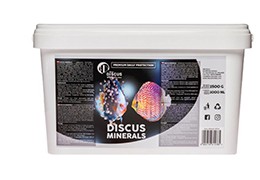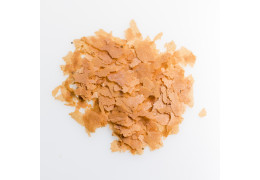Geophagus
Geophagus is a genus of freshwater fish from the cichlid family (Cichlidae). They are popular fish in the aquarium hobby due to their interesting behavior and attractive appearance. Here is a description of the genus Geophagus:
Appearance: Fish of the genus Geophagus usually have oval and slightly laterally flattened bodies. They are characterized by beautiful colors and patterns that can include spots, stripes and spots. Their appearance can vary significantly depending on the species and environmental conditions.
Size: Geophaguses vary in size depending on the species, but most of them reach a length of several to several centimeters.
Behavior: Fish of the genus Geophagus are known for their curious behavior, including digging in the substrate. They are also territorial and caring for their offspring. They are social fish that can be kept in groups, but it is important to provide them with enough space and the right conditions.
Habitat: Geophagus are native to South America, mainly in the Amazon Basin and nearby rivers and lakes. Their habitat ranges from calm waters to areas with slightly moving currents.
Diet: These fish are omnivorous, meaning they eat both plant and animal food. In the wild, their diet may include insects, larvae, small fish, algae, and other small organisms. In the aquarium, they can be fed a variety of foods such as flakes, pellets, frozen foods, and live foods.
Water conditions: Geophagus prefer warm and clear water with stable parameters. The water should be slightly acidic to neutral in pH and the temperature should be around 24 to 28°C.
Aquarium: To keep Geophagus in an aquarium, it is important to provide a suitable substrate that will allow them to dig. Plants, roots and stones can also serve as hiding places and territories. Large aquariums are usually more suitable for these fish due to their natural behavior.
Reproduction: Some species of Geophagus are custodians of the parents and lay their eggs on flat surfaces or dig holes in the substrate. Taking care of the offspring is an important aspect of their behavior.
Geophagus includes many species with different requirements and characteristics. When choosing Geophagus for your aquarium, it is important to thoroughly familiarize yourself with the specific species and provide it with appropriate conditions and care.


